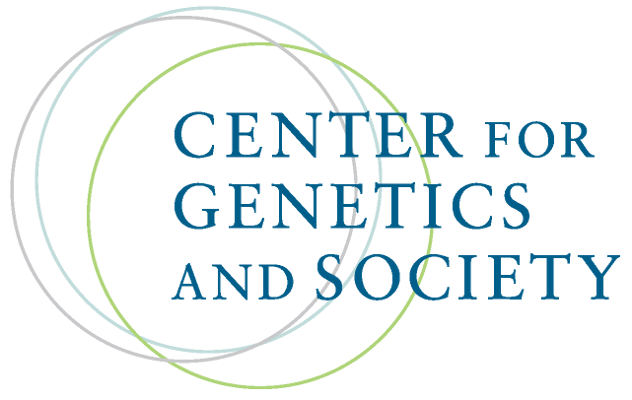From Assisted Hatching to Embryo Glue, Most IVF ‘Add-ons’ Rest on Shaky Science, Studies Find
By Sharon Begley,
STAT
| 11. 05. 2019
By the time Sarah Chamberlin’s fertility doctor declared her genes “incompatible” with her husband’s and said the clash might be preventing her from having children, she’d had five rounds of artificial insemination and two cycles of in vitro fertilization — and precisely zero pregnancies. So when the physician suggested she try a drug that is ordinarily prescribed to cancer patients, to get her immune system to stop attacking her embryos, she didn’t hesitate.
“I was 41 by then,” said Chamberlain, 47, who lives on New York’s Long Island and at the time was a consultant at her husband’s restaurant. “When they say they have one more thing you can try, it gives you hope.”
She had already spent tens of thousands of dollars in an effort to conceive — her insurance didn’t cover assisted reproduction — and had grown inured to the fertility-related shots that turned her into a human pin cushion. With all she had been through, it seemed foolish to hesitate over six additional daily injections and another $3,000 for the drug, called Neupogen; the idea that she...
Related Articles
By Aisha Down, The Guardian | 11.10.2025
It has been an excellent year for neurotech, if you ignore the people funding it. In August, a tiny brain implant successfully decoded the inner speech of paralysis patients. In October, an eye implant restored sight to patients who had...
By Jessica Hamzelou, MIT Technology Review | 11.07.2025
This week, we heard that Tom Brady had his dog cloned. The former quarterback revealed that his Junie is actually a clone of Lua, a pit bull mix that died in 2023.
Brady’s announcement follows those of celebrities like Paris...
By Heidi Ledford, Nature | 10.31.2025
Late last year, dozens of researchers spanning thousands of miles banded together in a race to save one baby boy’s life. The result was a world first: a cutting-edge gene-editing therapy fashioned for a single person, and produced in...
By Lauran Neergaard, AP News | 11.03.2025
WASHINGTON (AP) — The first clinical trial is getting underway to see if transplanting pig kidneys into people might really save lives.
United Therapeutics, a producer of gene-edited pig kidneys, announced Monday that the study’s initial transplant was performed successfully...




